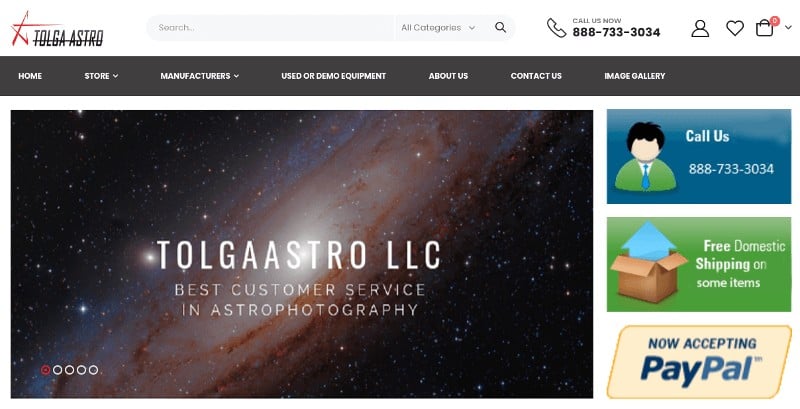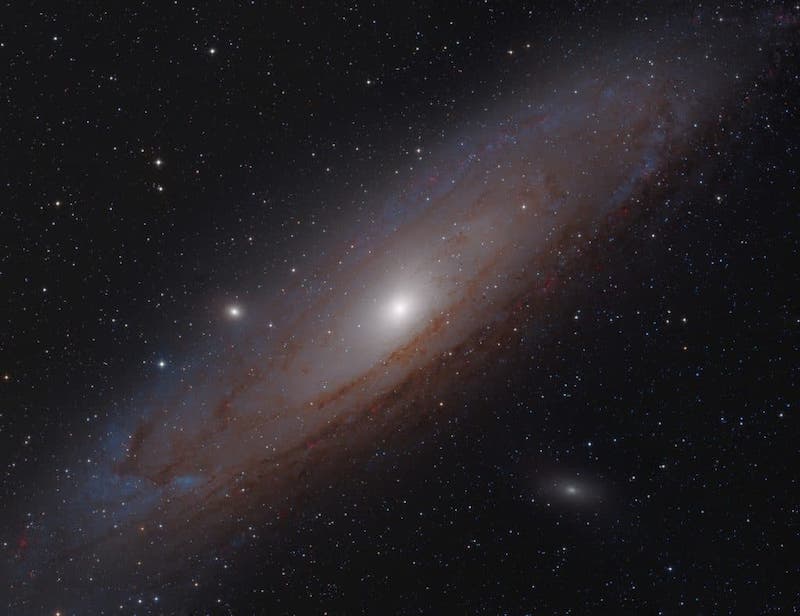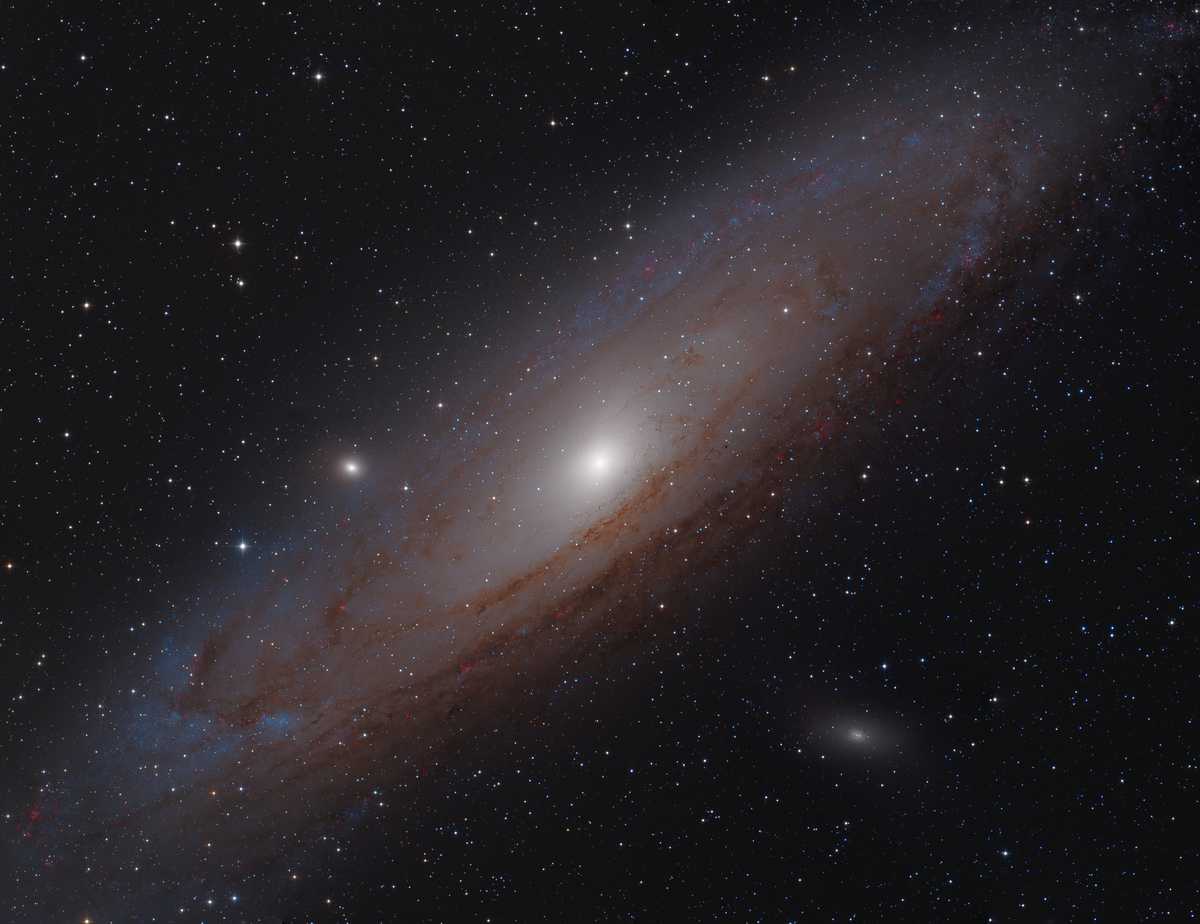Tolga Astro is a company selling astrophotography equipment run by an astrophotographer himself – Tolga Gumusayak.
In this interview, we spoke to him about his business and his own astrophotography.
What is Tolga Astro?
Tolga Astro is a non-traditional astrophotography equipment retailer. We are astrophotographers ourselves and we test everything we sell.
Before taking on a product, we will ask the manufacturer for a sample. We then use it ourselves to:
- Be able to answer questions, and most importantly
- Make sure it’s a product we can stand behind
Additionally, we do ground-up installations on location at remote observatories or in customers’ backyards.

How did it come about?
The idea came from a friend I was helping. He said he wished his vendor where he bought the equipment from did what I did for him. I knew exactly what he was talking about going through the same problems myself.
Now we offer support when astrophotographers need it most – at night. We answer questions nearly 24/7.
The company took off once the idea got around. We have been beating every sales expectation we had ever since we started.
Currently, we are running the business as a boutique shop making sure we are giving full attention to all of our customers. In the future, we would like to grow the operation to serve even more.
What is your favorite astrophotography image?
Currently, my favorite image of mine is the 8-panel mosaic I did of the Andromeda Galaxy, M31:

How did you take the shot?
It took a lot of planning and many hours of processing to put together.
I used the mosaic tool in SkyX to plan each panel and how much to overlap each panel.
Just like terrestrial photography, each tile has to have a part of the tile next to it so they can be aligned later.
Not having a rotator made it more challenging as the camera angle did not perfectly match the position angle of the galaxy. I used a 15% overlap between tiles.
The second challenge is gradients. Each tile has light gradients from either light pollution or natural gradients in the sky such as moonlight etc. Simply lining up the tiles doesn’t work or the tiles become very obvious.
The resulting image is 9700×7500 pixels, 73 megapixels.
What equipment did you use?
I used a 14″ Planewave telescope with an APS-H size monochrome CCD camera.
The color data was taken with a small refractor and all were combined together using Pixinsight.
“Many beginners will make the mistake of having too large a telescope from the start, but many deep-sky objects are too large for long focal length telescopes.”
What’s the minimum equipment beginners need to get started on deep-sky astrophotography?
We recommend starting very small. Either a camera lens or an 80 mm refractor telescope is perfect for starting out.
Many beginners will make the mistake of having too large a telescope from the start, but many deep-sky objects are too large for long focal length telescopes.
For instance, the Andromeda galaxy is almost 3 degrees across the sky. For reference, a full moon as seen from earth is only half of a degree in the sky (and so Andromeda appears six times as wide as a full moon).
“You can use any DSLR/mirrorless camera with a wide-angle lens with manual settings, set it on top of your car on a bean bag and take wonderful pictures of the Milky Way.”
What are the ideal set-ups for people with different budgets?
The most important piece of equipment in astrophotography is the mount. This is the tripod and the tracking motor that carries the telescope and camera.
We recommend buying the best mount you can afford. You can take a nice image with a great mount and a decent lens but if you had a crappy mount and bad tracking, even the best lens is not going to take a decent image.
One should not underestimate the importance of the mount and stay away from astrophotography packages big retailers sell online.
The second and the best way to start is to use the existing equipment you already own.
You can use any DSLR/mirrorless camera with a wide-angle lens with manual settings, set it on top of your car on a bean bag and take wonderful pictures of the Milky Way.
“I learned the hard way by trial and error. One might say we learn from our mistakes as well as from our successes. However, it’s a lot cheaper in the end to do it right the first time!”
How can people learn and how did you learn? Any tips for others?
I do not recommend forums. They are full of both good and bad information and it’s hard to know which is correct.
The best way to learn is to join your local astronomy club or find a mentor online whose work you admire and ask questions. Most people in this hobby are more than willing to share their experiences.
I learned the hard way by trial and error. One might say we learn from our mistakes as well as from our successes. However, it’s a lot cheaper in the end to do it right the first time!
About You – Tolga Astro
You can find our website and social media accounts here:
(This interview was first published on September 17, 2018)



